Analyzing 2024 Senior Living Industry Performance In Order To Look Ahead to 2025
Author:
Traci Bild
Date Posted:
February 26, 2025
Share:

We saw continued growth throughout 2024, with a 2+ percentage point increase over the previous 12 months. As we ended 2024, we marked the 13th consecutive quarter of growth, highlighting the resilience and adaptability of the senior living industry. This report provides an in-depth analysis of key performance metrics, industry trends, and strategic insights to help operators navigate the evolving landscape and optimize financial performance.
Occupancy and Move-In Trends
Average Occupancy Rates by Care Level:
- Independent Living (IL): 87.6%
- Assisted Living (AL): 84%
- Memory Care (MC): 83%
Lead Review (CRM Insights)
- Leads Never Toured: 36%
- Leads with No Next Step Scheduled: 18%
- Overdue Tasks (Greater than 30 Days): 20%
- Leads Categorized as HOT: 9%
- Leads Categorized as WARM: 40%
- Leads Categorized as COLD: 51%
Website Traffic & Engagement
Best Lead Source: Web form fills, with over 80% conversion to engagement (some reaching 90%+)
Sales Activity Metrics
Weekly/Monthly Performance:
- New Leads: Ideal is 20 per week; most communities achieve half of this at best.
- Inquiry Conversion: Target is 75% of all leads converting to inquiries.
- Follow-up Calls: Standard expectation is 50 per week; most communities fall below 15.
- Outreach Visits: Averaging 10 per week, down from historical 20-25.
- Events: Typically, one event per month.
Sales Cycle & Resident Retention
-
Sales Cycle by Level of Care:
- Memory Care & High Acuity AL: 45 days or less.
- Standard AL & IL: 60 days.
- 55+ Communities: Up to six months.
-
Length of Stay:
- Varies significantly, with some AL residents remaining 3-4+ years.
Competitive Analysis
Pricing & Market Positioning:
- IL, AL, and MC pricing varies significantly across markets.
- Memory Care pricing models are inconsistent, ranging from all-inclusive to level-based, bundled, a la carte, and points-based structures.
- Trend: No clear pricing standard for Memory Care, causing industry-wide uncertainty.
Policy & Regulatory Considerations:
- Some states are introducing pricing transparency requirements, mandating clear breakdowns of what is included at each level of care.
Industry Trends and Insights – 2025
Market Demand & Inquiry Trends:
- Ongoing demand for senior living services, though economic pressures and consumer hesitation remain factors.
Economic Impact Considerations:
- Inflation & Labor Shortages: Affecting operational costs and staffing availability.
- Revenue vs. Occupancy: Communities at 82% occupancy can be more profitable than those at 96%, prompting a shift in financial strategy.
- 2025 Prediction: Increased focus on revenue generation over occupancy maximization.
- Memory Care Pricing Evolution: A move toward all-inclusive pricing could lead to pricing compression in Assisted Living or reduced care level offerings.
Seniors are looking for a LIFESTYLE:
- Wellness goes holistic: Investing in programs that address ALL aspects of well-being is key.
- Emotional Selling Techniques: Consultative sales approach is a MUST.
- Sustainability Matters: Not just as a feel-good initiative, but it is a differentiator.
- Middle Market Innovation: Operators will be finding creative ways to serve this segment.
- Transparency equals TRUST: Prospects are much more savvy with their search. An open, honest approach about competitive differences is essential.ategic Moves for Executives
Conclusion & Recommendations
To sustain long-term success in an evolving market, senior living operators must take a proactive approach to key challenges and opportunities. Strengthening sales pipelines and improving inquiry conversion rates will be critical in maintaining occupancy levels while counteracting market fluctuations. Additionally, shifting towards a profitability-driven strategy—one that optimizes per-unit revenue rather than solely prioritizing full occupancy—will help communities achieve stronger financial outcomes.
Staying competitive in the industry requires adaptability, particularly as pricing structures and regulatory requirements continue to evolve. Operators who refine their market positioning and remain agile in their approach to pricing models will be better equipped to navigate these shifts. Enhancing marketing and lead generation efforts, particularly by leveraging digital engagement and high-performing sources like web form fills, will further support long-term stability and growth.
By addressing these trends and challenges head-on, senior living operators can strengthen their market position and ensure sustainable financial growth into 2025 and beyond.





